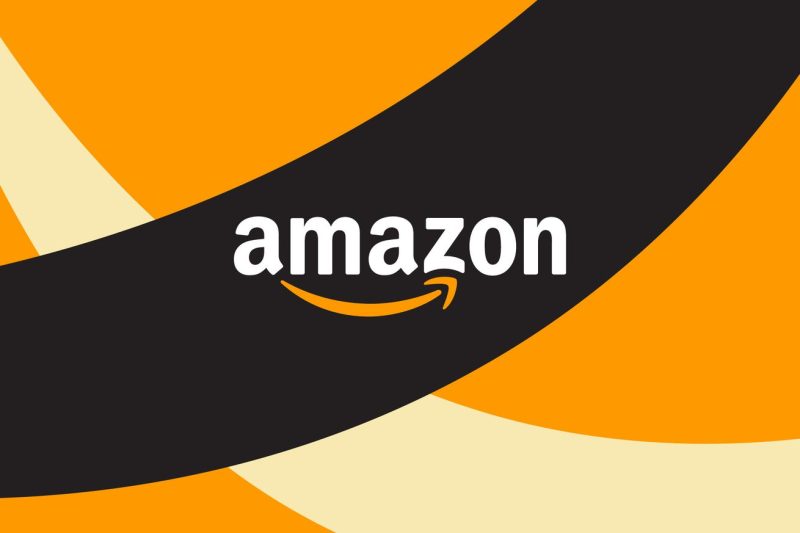In a marketplace as vast and influential as Amazon, the responsibility to ensure the safety of its products is substantial and far-reaching. Recent reports have shed light on the presence of dangerous items being sold on the platform, even by third-party sellers. While Amazon has taken some measures to address this issue, there remains a crucial gap in the recall process that must be rectified to uphold consumer safety and trust.
The first and most crucial step in handling dangerous products is the prompt identification of such items. Amazon’s current policies rely heavily on consumer feedback to flag potentially unsafe products, which can be a hit-or-miss strategy. Instead, implementing effective screening mechanisms, such as AI-driven algorithms or manual inspections, can improve the detection of hazardous goods before they reach the hands of consumers.
Once a dangerous product is identified, the recall process must be swift and comprehensive. Amazon’s existing procedures are lacking in this aspect, particularly when dealing with third-party sellers. While the marketplace can delist these products, the responsibility shifts to the seller to initiate a recall, creating inconsistency and potential delays. A more proactive approach is needed, where Amazon takes the lead in orchestrating recalls for all products sold on its platform, irrespective of the seller.
Communication is key during a product recall, and Amazon should prioritize transparency and clarity in its messaging. Consumers must be promptly informed of the risks associated with a product, the steps to be taken for a refund or return, and any other relevant information to ensure their safety. Furthermore, enhanced collaboration with regulatory bodies and consumer protection agencies can strengthen the recall process and streamline communication channels.
Closely tied to the recall process is the issue of accountability. Amazon must hold sellers, particularly repeat offenders of selling dangerous products, to a higher standard and enforce stricter consequences for non-compliance. By establishing clear guidelines and penalties for violating product safety standards, the marketplace can incentivize sellers to prioritize consumer well-being over profit margins.
In conclusion, Amazon bears a significant responsibility in safeguarding consumers from dangerous products, regardless of their source. By revamping the recall process to be more proactive, transparent, and accountable, the marketplace can uphold its commitment to consumer safety and earn back the trust of its customers. Only through collective efforts and stringent measures can Amazon truly ensure that its platform remains a safe haven for shoppers worldwide.
